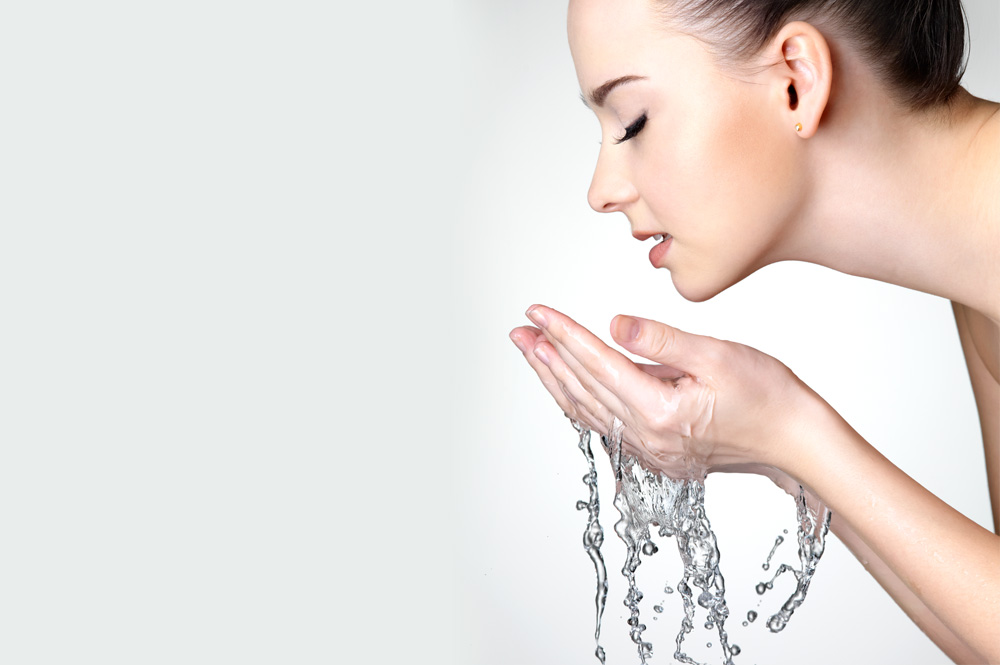Once the autumn or winter begins, many people complain about experiencing the adverse effects of the harsh weather conditions. This mild discomfort is felt mainly by those whose skin is dry and dehydrated. Although these two words are connected with a conjunction suggesting that both skin types belong to the same category, in reality they are pretty different. How can you know whether you deal with dryness or dehydration? How to take care of each skin type the right way? Keep reading to learn a few treatments dedicated for the complexion that starts rebelling when exposed to the freezing weather, low temperatures and the reduced humidity in the air caused by radiators.
Note!
Skin changes not only due to us getting older but also due to the seasonal changes. In order to prevent irritations and some nasty consequences connected with the passing of the year, it is important to make sure that the skin is constantly supplied with everything it needs during a particular time of the year and keep it well-moisturized. This is the core of impeccable and healthy-looking complexion.
What are the current needs of your skin and where to get this information from?
Do you know that many people confuse two basic terms describing complexion? Most people believe that the adjectives “dry” and “dehydrated” can be used interchangeably to describe the dermis that is insufficiently supplied with water. This is a pretty common mistake that leads you to buy the wrong skin care products. For example, when you ask a shop assistant to help you find “creams for dry skin”, but your complexion is actually dehydrated – you start harming your own skin.
What is the difference between dry and dehydrated skin?
Simply put, dry skin is stripped off sebum and lipids that together create a protective coating. In other words, the skin is defenseless since it does not have any shield to defeat external aggressors. Dehydrated skin in turn suffers from the lack of moisture.
Here is how you can distinguish between dry skin and dehydrated skin:
- Dry skin often feels tight and has tiny, almost invisible pores. Additionally, it may look dull and lifeless. Some people call it drab or pallid. Such skin needs mild products that are able to replenish it with water and nutrients. It is also important to treat dry skin with cosmetics that create a protective coating on the epidermis. If your skin type is dry, grab the products that do not only moisturize but also create a layer of sebum. It is recommended to use either an oil-based face serum dedicated for dry skin or deeply nourishing serum.
- Dehydrated skin is dry and feels tight as well, yet in a slightly different way. The thing is that dehydrated skin is dry “on the outside” but below it can be oily and have enlarged pores. The optimal solution here is application of both a face serum that increases the moisture level and a special lightweight vegetable oil that combats dehydration and soothes the skin (e.g. jojoba oil). If you have combination skin, use a chosen vegetable oil at bedtime to avoid shiny face throughout the day.
That is important!
“Dry” is a TYPE of skin, whereas “dehydrated” stands for one of the conditions the skin may suffer from. This means that dry skin is permanent, sometimes this quality does not change throughout the entire life. Dehydration, however, is temporary, for example appearing only in the winter or autumn. Seasons, lifestyle, surroundings and the climate are the features that have an immense impact on our skin.
Last but not least, if your skin is dehydrated, it may feature flaws like acne or blackheads. This is caused by the excess sebum that the skin produces to recompense for the water shortages. It is important to avoid applying dehydrating topical products or heavy creams dedicated for dry skin. Instead, it is better to replenish the skin with this much-needed hydration. Reach for a hyaluronic face serum on a daily basis and at bedtime combine your regular night face cream with a drop of jojoba oil.





Leave a Reply